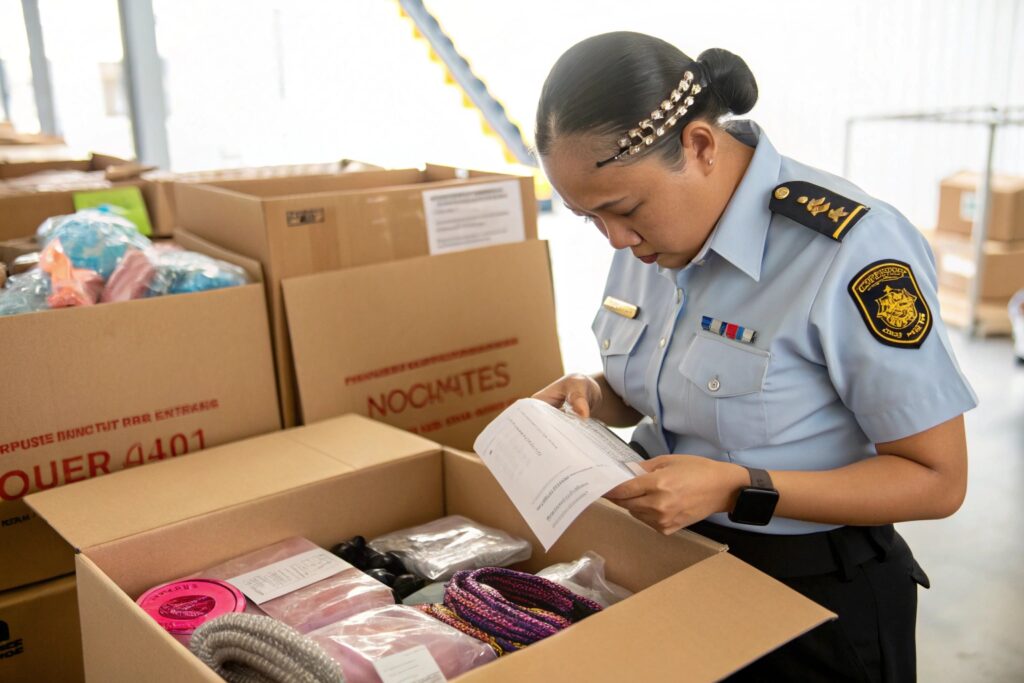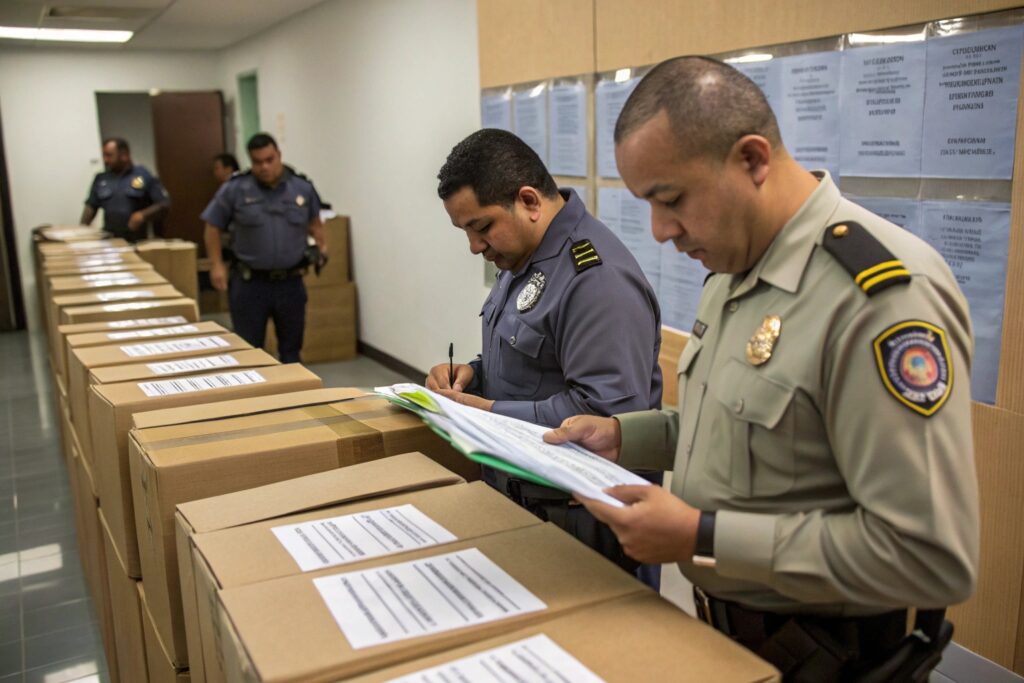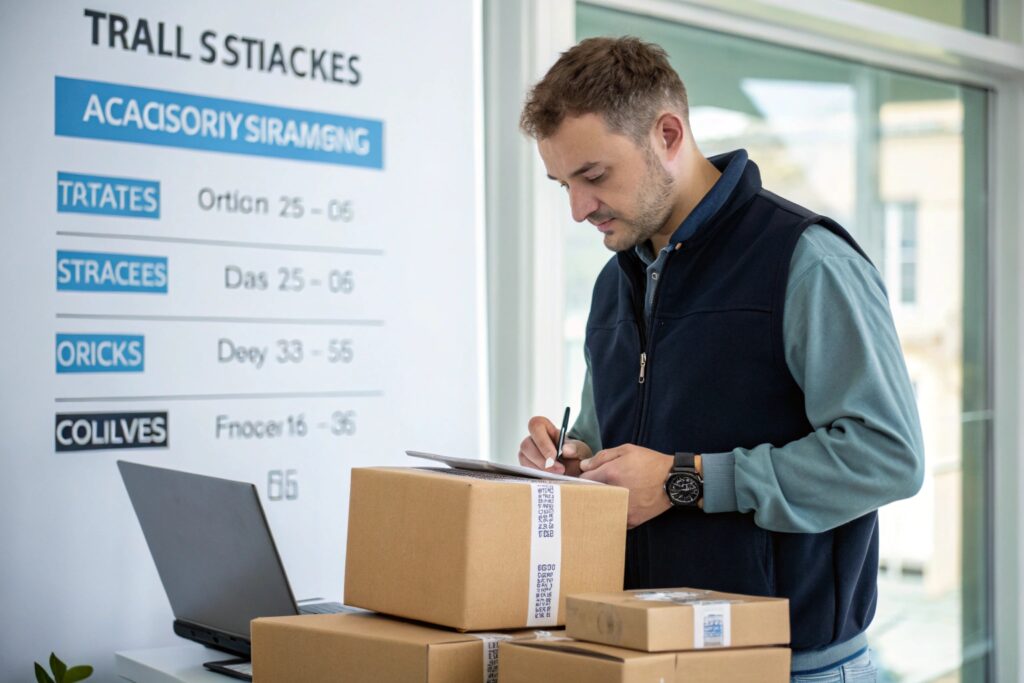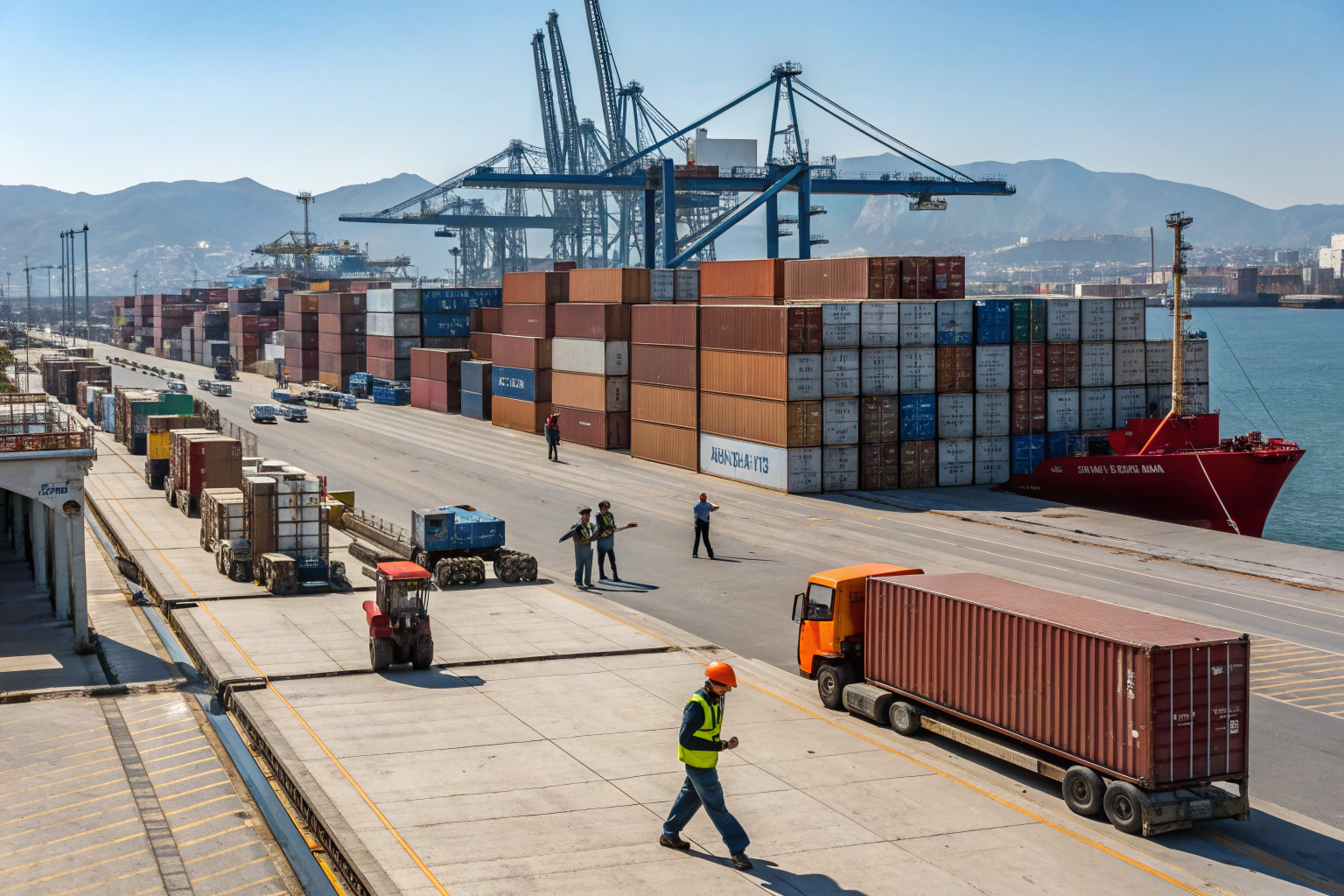Your accessory order has shipped, the tracking shows "arrived at customs"... and then nothing happens for days.
Accessories often get stuck in customs due to incomplete paperwork, incorrect HS codes, missing declarations, or suspicion of brand infringement. Understanding these risks helps you avoid costly delays.
At AceAccessory, we’ve helped hundreds of shipments clear customs smoothly by learning from the mistakes others make—and building strong document workflows.
Why do items get stuck in customs?
The most common reason? Something doesn’t match. When customs finds inconsistencies in documents or has doubts about the contents, they put your shipment on hold.
Items get stuck in customs due to paperwork errors, mismatched product descriptions, incorrect HS codes, undervalued invoices, or missing permits. Even small discrepancies can trigger inspections.

What documentation mistakes cause hold-ups?
Here are common document issues we’ve seen:
| Issue | Result at Customs |
|---|---|
| HS code doesn’t match product | Manual review or reassignment |
| Missing commercial invoice | Shipment cannot clear |
| Declared value seems too low | Re-valuation or penalty |
| Incomplete product descriptions | Requires clarification |
| Conflicting quantity/unit data | Shipment re-inspected |
We’ve built a checklist that every shipment follows—invoice, packing list, product photos, and clear HS codes are always reviewed before loading.
How can buyers prevent document-related delays?
We recommend:
- Declaring full product names and materials (e.g., “Resin hair clip with metal spring”)
- Matching unit counts and currency across all forms
- Including receiver’s EIN or Tax ID on U.S. shipments
- Listing the correct value per piece or dozen based on trade agreements
We also include product images in large mixed shipments. Customs can see exactly what they’re clearing—without opening boxes.
Why do things get seized by customs?
Seizure is different from a delay. If customs believes your shipment violates a regulation, they can confiscate or destroy the goods.
Customs seizes accessories when they violate intellectual property laws, contain prohibited materials, or fail to meet import compliance rules like labeling or safety certifications.

What types of accessories are at higher risk of seizure?
- Counterfeit branded items – Any hair clip or hat resembling a trademarked logo
- Fake designer tags – Hang tags or packaging that copies luxury brands
- Hazardous materials – Items containing banned chemicals or sharp parts
- Unlabeled kids’ products – Without age warnings or CPC (Children’s Product Certificate)
We always ask buyers if they plan to add third-party logos. If yes, we advise them on license documents—or refuse production to avoid seizure.
How does intellectual property enforcement work at customs?
U.S. Customs has a record of trademarks. If your shipment is flagged for resembling a protected brand, even unintentionally, it can be seized.
For example, one importer used a flower-shaped clip that resembled a luxury brand's design. No logo, just a similar shape. That shipment was seized.
To prevent this, we offer:
- Custom designs that pass IP reviews
- Trademark clearance support
- Product mockups with disclaimers in documentation
Why would customs hold a package?
Not every delay is a seizure. Sometimes customs holds a shipment temporarily for extra checks or missing data.
Packages are held by customs when documents need verification, duties are unpaid, contents look unclear on the scan, or random checks are triggered.

What are the most frequent reasons for customs holds?
| Reason | Solution |
|---|---|
| Declared value is suspiciously low | Provide invoice proof and explanation |
| Random inspection (especially for new importers) | Wait for clearance, answer any queries |
| Incomplete receiver info | Submit missing Tax ID or contact info |
| HS code flagged as incorrect | Clarify classification with samples or specs |
We monitor customs status daily for clients using our DDP services. If a hold appears, we act immediately—either through local brokers or follow-up submissions.
How can first-time importers avoid holds?
- Work with an experienced freight forwarder or supplier
- Ensure your name, address, and contact info match registered importer records
- Avoid undervaluing orders “to save tax” — it often backfires
- Ask your supplier for pre-clearance documentation samples to review
We also provide mock customs packets for new clients to show how invoices and descriptions should look.
How long can customs hold your items?
When something goes wrong, the big question is: how long will this take?
Customs can hold goods anywhere from a few hours to several weeks. Most minor holds are resolved within 3–5 days. Seizures or investigations can last 30 days or longer.

What affects the duration of a customs hold?
- Severity of issue – Typos clear fast; IP issues take weeks
- Response speed – Faster document submission = faster release
- Port location – Busier ports like LA or NY may take longer
- Time of year – Holiday or peak season shipments face delays
We provide full tracking updates and communicate with local brokers to minimize delays. For DDP orders, we take responsibility for customs clearance and resolve issues directly.
When should a buyer contact customs or the supplier?
- If status shows “Held at customs” for more than 3 days
- If no update is given and your courier cannot assist
- If you received a CBP Notice of Action (Form 29)
In our experience, 98% of accessory holds are resolved with quick clarifications or document corrections. Very few become seizures—especially if declared honestly.
Conclusion
Accessories can get stuck in customs for many reasons—but most are preventable. With complete paperwork, correct HS codes, and compliance awareness, your shipments can move faster and safer. At AceAccessory, we handle every step so your products don’t just look good—they arrive on time.










